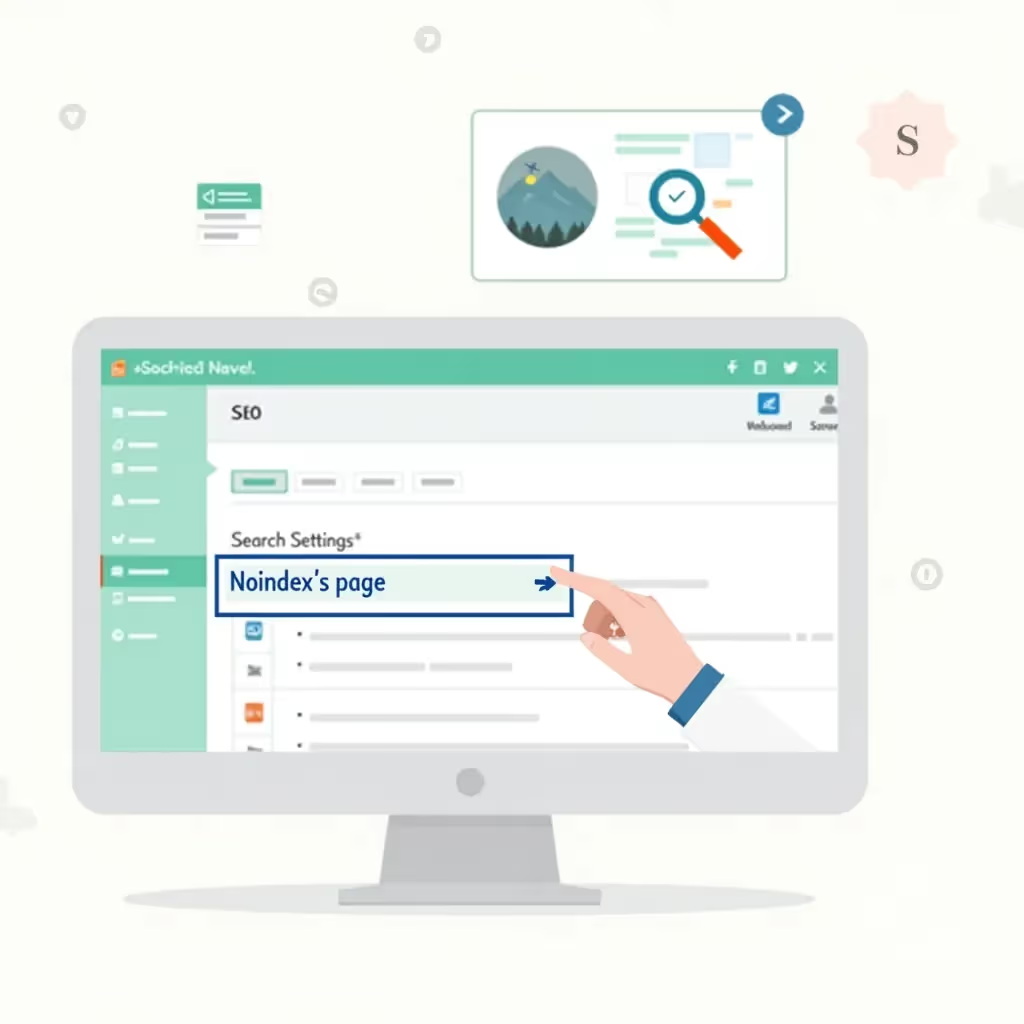In today’s fast-paced digital world, a strong and recognizable brand is more valuable than ever. Companies invest enormous amounts of time, effort, and capital into constructing a brand that resonates with their target audience. But what exactly makes up a brand? One of the most fundamental elements of a brand is what we refer to as “brand assets.” These are the physical, digital, and emotional elements that represent your brand consistently across all mediums and touchpoints. By utilizing these assets strategically, companies can differentiate themselves and build trust with their audience.
What Are Brand Assets?
In its simplest form, brand assets are distinguishing elements that allow your audience to easily recognize your company. These are the tools you use to communicate and reinforce your brand’s image, mission, and values consistently. Creating a cohesive identity through well-managed brand assets is essential for ensuring that your branding resonates both visually and emotionally with your audience.
Brand assets can be both tangible and intangible elements. Tangible assets generally include the logo, typography, color palette, slogan, imagery, and more. On the other hand, intangible assets might include brand voice, brand story, and other abstract elements that convey your brand’s personality. Both aspects come together to form a complete, coherent experience for your customers.
Types of Brand Assets
Brand assets cover a wide range of elements, but they all work together to provide a consistent, recognizable identity. Here’s a breakdown of the most common types of brand assets:
- Logo: The logo is one of the most fundamental visual assets. It’s the symbol or iconic graphic that represents your brand.
- Color Palette: Carefully selected brand colors help associate certain colors with your brand. Think about how Tiffany's turquoise box is instantly recognizable.
- Typography: The fonts you use in your branding should be professional and appropriate for your brand’s tone.
- Slogan: A short, catchy phrase or tag line that helps convey the brand’s mission or values. Examples include Nike’s “Just Do It” or McDonald's “I'm Lovin' It.”
- Imagery: This includes any photos and graphics that visually communicate the brand's message.
- Brand Voice: Voice refers to how your brand “speaks.” Are you formal and professional, or casual and witty? A consistent brand voice can be just as important as your logo or fonts.
- Product Packaging: In physical products, packaging plays a crucial role in communicating the brand's essence. Many luxury products invest a great deal in making sure their packaging feels premium.
- Sound or Music: Audio cues, jingles, or theme music can also serve as brand assets. For example, Intel’s "bong" sound is instantly recognizable.
Why are Brand Assets Important?
Brand assets are essential because they help create a consistent and unforgettable experience for your customers across all touchpoints, whether it’s in the virtual space, print materials, or even in physical locations like retail stores or events. When harnessed correctly, brand assets allow your audience to instantly recognize your company, regardless of medium.
The benefits of good brand assets are numerous:
1. Brand Recognition: The most immediate benefit is the ease of brand recognition. Having consistent assets helps consumers quickly identify your brand out of a sea of competitors. For example, you would instantly recognize the iconic Coca-Cola red and white font or the Apple logo, even in isolation from their products.
2. Building Trust with Customers: Consistent use of brand assets signals professionalism and reliability. Customers are much more likely to trust a company with a unified and coherent brand across all platforms.
3. Differentiation from Competitors: Strong brand assets help differentiate your business from competitors by providing something original and tailored to your mission and vision. Companies like Tesla, for example, have brand assets that stick out because of their futuristic vision and innovative aesthetics, setting them apart in the automotive industry.
4. Creating Emotional Connections: Brand assets go beyond just visual recognition; they also create emotional ties with consumers. A compelling story, consistent brand voice, and well-crafted visuals can make your audience feel more connected to your brand and more inclined to engage with it.
Examples of Strong Brand Assets
Some companies have mastered the use of brand assets to create highly recognizable, influential brands. Here are a few iconic examples of businesses that use their brand assets effectively to stand out in their industries:
| Company | Strongest Brand Asset | Why It Works |
|---|---|---|
| Apple | Logo | The apple icon is simple, elegant, and immediately recognizable worldwide. |
| Coca-Cola | Color Palette | The red and white color scheme is synonymous with Coca-Cola and has been consistently applied for over a century. |
| Nike | Tagline ("Just Do It") | The tagline is empowering, motivational, and easily associated with the Nike brand ethos. |
| McDonald's | Jingle ("I'm Lovin' It") | The familiar jingle makes the brand instantly recognizable even without visuals. |
Protecting Your Brand Assets
While it’s essential to create and utilize your brand assets strategically, it’s equally crucial to protect them from unauthorized use or imitation. When companies fail to safeguard their brand assets, it can lead to confusion in the marketplace and even damage trust in the brand. Protection can be achieved through several avenues:
Trademarks: Registering your logo, slogan, or even brand colors as a trademark prevents others from using similar elements in their branding.
Copyrights: Items like original music, photographs, or written content can be protected with copyrights to ensure no one else uses or duplicates your assets without permission.
Non-Disclosure Agreements (NDAs): When working with third parties, make sure NDAs are in place to protect proprietary brand elements and strategies from being shared with outside companies or competitors.
For more in-depth information about protecting your brand assets, you can visit resources like the official United States Patent and Trademark Office website to learn more about registering trademarks and copyrights.
How to Maintain Consistency in Your Brand Assets
To make sure your brand assets stay consistent across different platforms, channels, and departments, it’s vital to have a clear set of brand guidelines. Brand guidelines are internal documents that define how your brand’s assets should be used to maintain coherence. These can cover everything from the exact Pantone shade for brand colors to the tone and style of written communication.
Additionally, using a central Digital Asset Management (DAM) system can also be incredibly useful for keeping track of all your brand assets. This allows team members, agencies, and partners easy access to the correct versions of logos, images, fonts, and other assets.
Conclusion
Brand assets are far more than just visual elements — they embody the heart and soul of your business. Properly developed and managed assets help your brand stay consistent, recognizable, and emotionally connected with your audience. Whether it's a logo, a tone of voice, or brand colors, each element works together to create a unified brand presence that customers can trust. Understanding the importance of brand assets, how to cultivate them, and how to protect them is an essential step for any business aiming to thrive in today’s competitive landscape.





